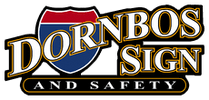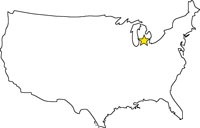Regulatory Road Signs: Types, Uses and Their Importance
2nd Jun 2017
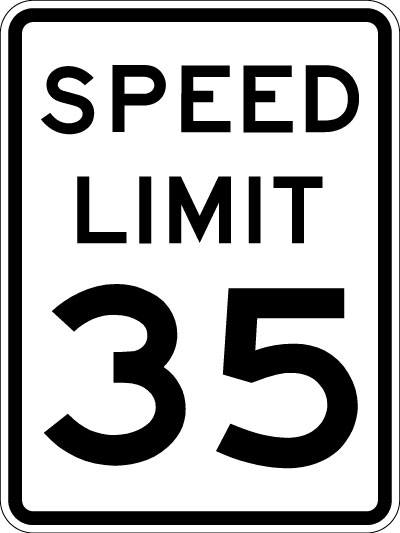
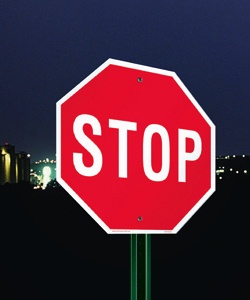
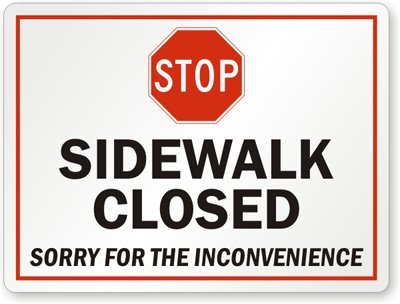
Regulatory road signs–we see them everywhere. But, do you actually pay attention to them? If you see a law enforcement officer approaching in your rearview mirror, you might start paying more attention to the sign ahead stating "Speed Limit 25," in hopes of not receiving a ticket. Or, if you are a parent, you might follow the "Slow while kids are present" sign because you would want others to do the same near your child's school.
While they might seem a bit obnoxious sometimes, like "No turn on red" for a right turn, they are for your own protection. Each year, nearly 1.3 million people die in road crashes. Some of which are preventable if people would adhere to the regulatory road signs posted. Wrong-way crashes and speeding cars are preventable by following the rules of the road.
What Do You Use Regulatory Road Signs For?
Regulatory road signs inform drivers of traffic laws and regulations. Some types of regulatory road signs also inform road users of applicable legal requirements for the area.
Residential Uses
Regulatory road signs are useful for personal property as well. A " private drive no turn around" sign lets drivers know your road is private and not open for people turning around. This prevents people from driving up to your house and then just turning around. Some people do this for maintenance reasons; they do not want their driveway torn up by continuous traffic. Others do it for safety reasons. They might have a long drive that would entail you coming all the way up to their house before being able to turn around.
Another personal use for a regulatory road sign can be the use of a " private property" sign. This notifies everyone that the area is your private property. Trespassing is against the law, therefore, posting this sign notifies people they are not allowed on your property without permission. Since you gave notice, they are subject to the consequences of trespassing.
For more secluded areas or areas such as a culdesac, use a " no thru traffic" sign. This notifies road users there is no outlet down that street. This prevents people from driving down your road looking for an exit, only to end up having to turn around in your driveway.
Commercial Uses
For commercial and main road usage, there are signs such as a " yield" sign, "four-way stop" sign and a "do not enter" sign. These regulatory traffic signs notify road users of the danger presented by not following the signs.
A yield sign is to advise you of oncoming traffic that does not have a stop sign, or any sign. Therefore, if you see someone coming, it is your job to stop and let them continue on before you.
A four-way stop notifies drivers everyone at each road will stop. To use this appropriately, pay attention to the other stop signs to see if other drivers are there. Everyone must stop but then you go in the order of arrival to the stop sign. So, if someone was at each of the other three stop signs when you arrived, you would be the last to go.
A do not enter sign notifies drivers they are not to enter that road or that entrance. There might be a danger or it might not be an area open to the public. Regardless of the reason, these types of regulatory signs notify drivers not to enter.
Rather you are looking for commercial purposes or for your residential area, regulatory road signs are a great way to protect your home or office area and manage the surrounding traffic in the appropriate way.
